(957 products available)

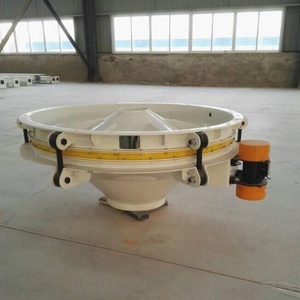
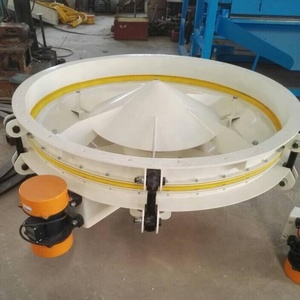

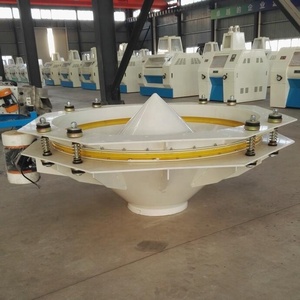

















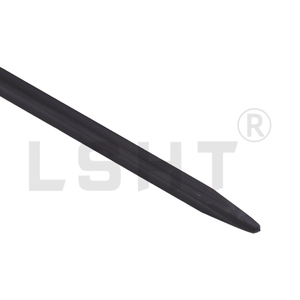





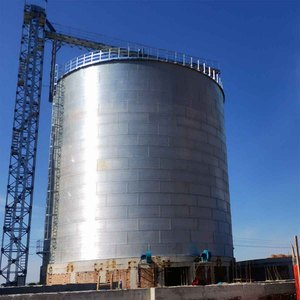











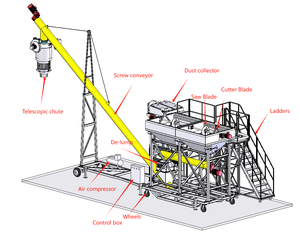




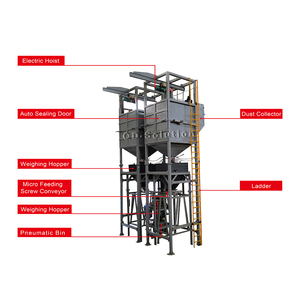
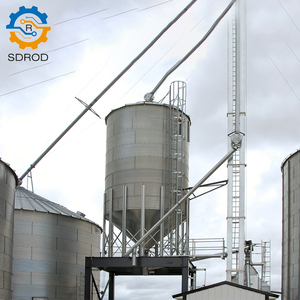


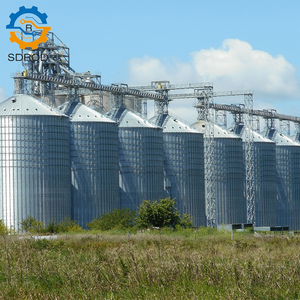





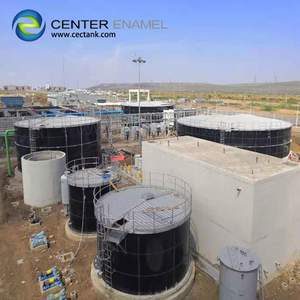

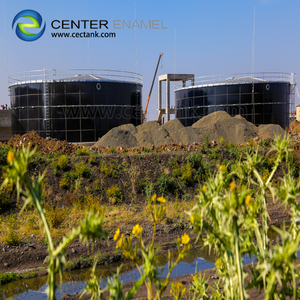






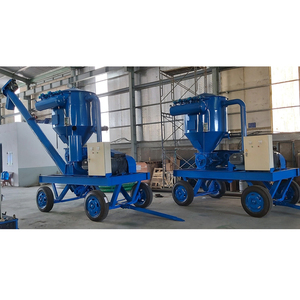






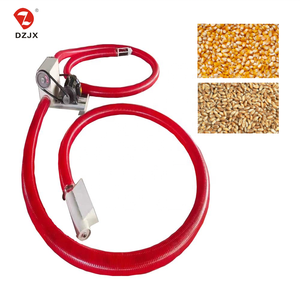
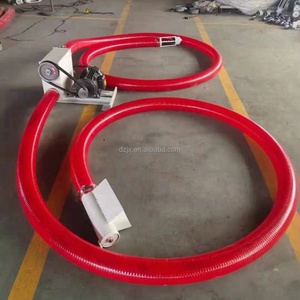




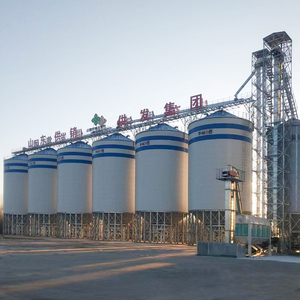






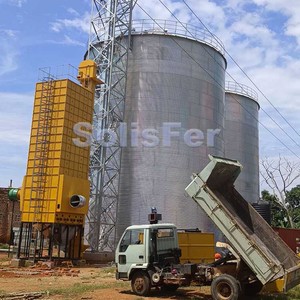





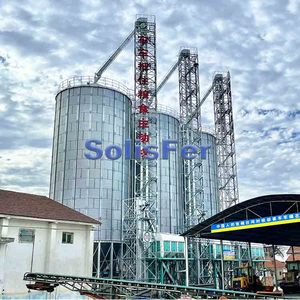







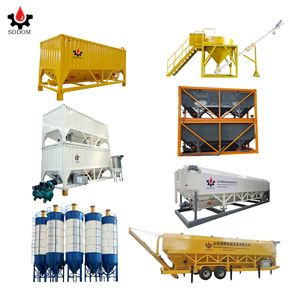


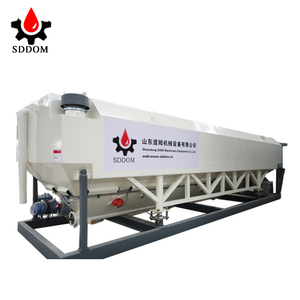


































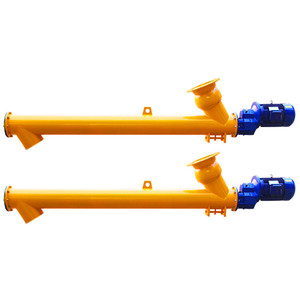


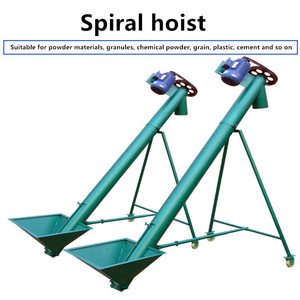
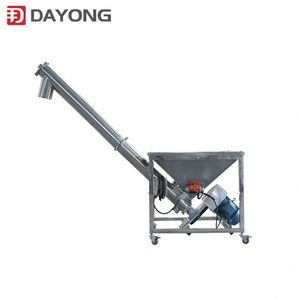

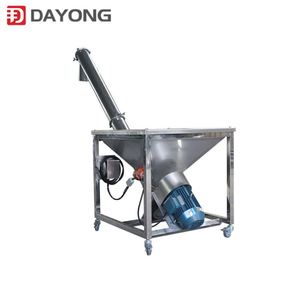






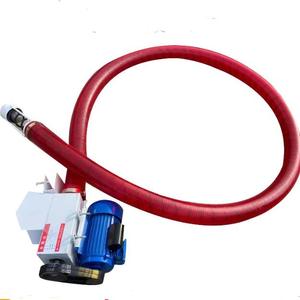








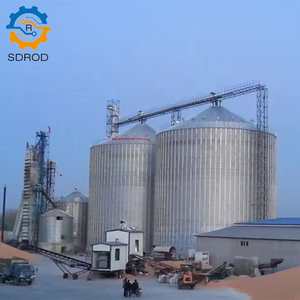








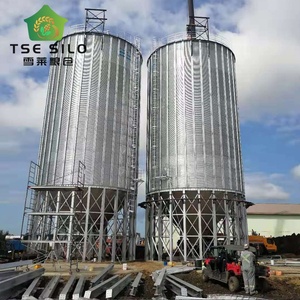

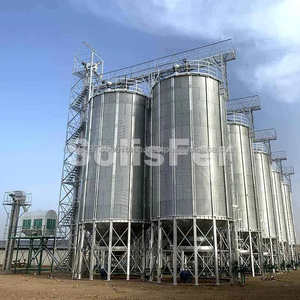

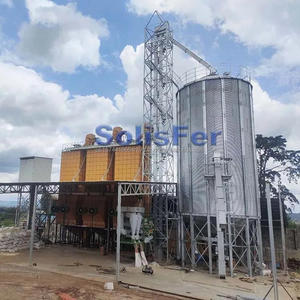
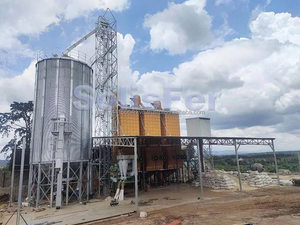
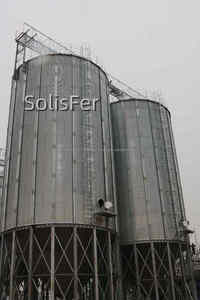
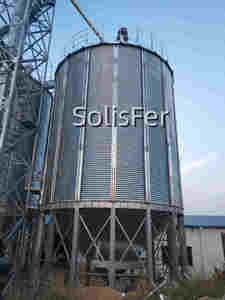












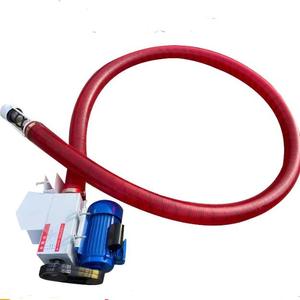
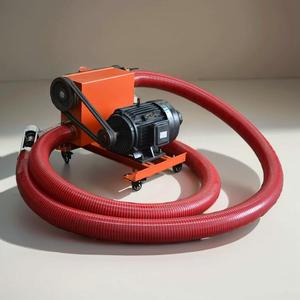
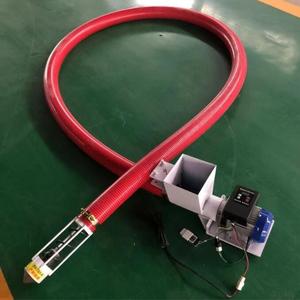





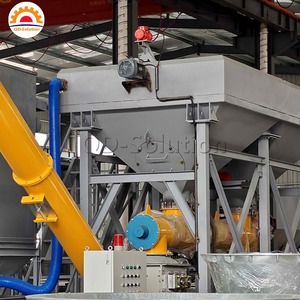



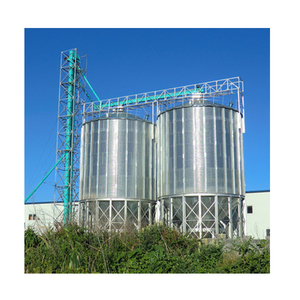


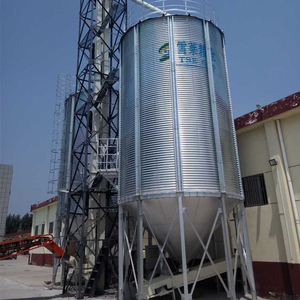

A silo unloader is a mechanical device used to remove stored materials from silos. It is commonly used in industries such as agriculture, mining, and construction. There are different types of silo unloaders, including the following.
Cross Auger Silo Unloader
This type of silo unloader uses an auger screw to convey the material horizontally. It is used when the material needs to be moved from the center of the silo to the wall.
Chain and Flight Silo Unloader
This silo unloader consists of a chain with attached flights that scrape the material along the bottom of the silo to the discharge point. The chain runs on a track, ensuring reliable material removal.
Rotary Plow Silo Unloader
The rotary plow silo unloader has one or more rotating plows that cut into the stored material and push it toward the discharge opening. The silo unloader is ideal for unloading cohesive or granular materials.
Conveyor Belt Silo Unloader
This type of silo unloader uses a conveyor belt to transport material from the silo bottom to the discharge point. It is suitable for unloading bulk materials with minimal degradation.
Scraper Silo Unloader
The unloader has a scraper system that moves the stored material to the unloading point. The silo unloader is often used for silos with a conical or funnel-shaped bottom.
Auger Silo Unloader
The silo unloader uses a screw conveyor (auger) to transport the material from the silo bottom to the surface. This type of silo unloader is commonly used in agricultural applications for unloading grains or feed.
Bucket Elevator Silo Unloader
This silo unloader lifts the material from the silo bottom and discharges it at the top using buckets attached to a continuous belt or chain. It is suitable for high-capacity material handling.
Silo unloader features and capabilities are crucial for its effectiveness. Here are some primary silo unloader specifications:
Capacity:
The amount of material a silo unloader can move per hour is referred to as its capacity. The capacity of silo unloaders varies depending on the design, size, and type of the silo unloader. The capacity of a silo unloader can range from 10 tons to over 100 tons of material per hour. A silo unloader with a larger capacity will be more efficient and suitable for large silos.
Power:
The power of the motor or engine that drives the silo unloader determines how much material it can move. The power is typically measured in kilowatts (kW) or horsepower (HP). The power of a silo unloader varies depending on the design and size. For example, silo unloaders may have motor powers ranging from 5 kW to 50 kW or more. A more powerful motor will drive the unloader more efficiently, allowing it to move more material.
Size:
The size of the silo unloader affects its ability to move and transport the material. Larger silo unloaders can navigate and move more material, while smaller unloaders are more flexible and can be used in tighter spaces. The length and width of the silo unloader vary depending on its design and type. For example, the length of a screw conveyor silo unloader can range from 5 m to 15 m or more, and the width can be 200 mm to 500 mm or more.
Material:
The type of material used to construct the silo unloader affects its durability, strength, and corrosion resistance. The most common types of materials used to construct silo unloaders are steel, stainless steel, and aluminum. Steel is the most commonly used material because of its strength and durability. Stainless steel is more corrosion-resistant, making it suitable for unloading materials like food or chemicals. Aluminum silo unloaders are lighter and more flexible but less durable.
Operating mechanism:
The operating mechanism of silo unloaders varies depending on the design and type. The most common operating mechanisms are pneumatic, hydraulic, and mechanical. Mechanical silo unloaders, such as screw conveyors and belt conveyors, are the most common. They are more efficient and have lower operating costs.
Maintaining silo unloaders is important to ensure optimal performance and durability. Here are some silo unloader maintenance tips:
Regular inspection:
It is important to regularly inspect the silo unloader to check for signs of wear, damage, or corrosion. This includes checking the structure, moving parts, and the motor or engine of the silo unloader. Any problems or defects that are noticed should be repaired or replaced in a timely manner.
Cleaning:
The silo unloader should be regularly cleaned to prevent the accumulation of material, dust, or debris. This helps prevent the occurrence of corrosion or blockages in the unloader. Depending on the type and design of the silo unloader, a suitable cleaning method should be selected. For example, high-pressure water or air can be used to clean the unloader.
Lubrication:
The moving parts of the silo unloader should be regularly lubricated to reduce friction and prevent wear. A suitable lubricant should be used, such as grease or oil, depending on the type of moving part.
Electrical and hydraulic systems maintenance:
If the silo unloader is driven by an electrical or hydraulic system, it is important to regularly check and maintain these systems. This includes checking the hydraulic fluid levels, electrical connections, and hydraulic lines to ensure they are in good condition and functioning properly.
Before getting silo unloaders for any business, it is important to understand the various factors that affect the choice of silo unloader. They include:
Type of Material Being Handled
The type of material being unloaded from the silo is a key factor to consider. Different materials have different flow characteristics. For instance, some may flow easily (like grains or pellets), while others may be more cohesive or bulkier (like flour or powdered ingredients). For cohesive materials, silo unloaders with more robust and efficient discharge systems should be chosen to minimize bridging and blockages.
Silo Design and Dimensions
The design and dimensions of the silo also affect the choice of silo unloaders. Silos with steeper walls and adequate flow-promoting features (like flow skirts or inserts) are better as they minimize material retention and promote smoother material flow. Also, the silo's capacity, height, and diameter influence the selection of unloader systems, as these factors determine the discharge rate and material handling requirements.
Discharge Rate Requirements
Unloaders with higher discharge rates are required for applications that demand rapid material unloading and transfer. It is important to consider the required discharge rate to ensure the chosen silo unloader can handle the material flow without interruptions or delays.
Operational Efficiency and Reliability
Silo unloaders that are operationally efficient and reliable should be chosen. Factors such as the unloader's maintenance requirements, ease of operation, and the reliability of its components should be considered. This helps to reduce downtime, lower maintenance costs, and ensure consistent material handling operations.
Space and Layout Constraints
The available space and layout around the silo also affect the choice of silo unloaders. Unloaders with compact designs and systems that require minimal overhead clearance should be chosen if there is limited space or headroom restrictions.
Energy Efficiency
Energy-efficient unloaders should be chosen to reduce energy consumption and lower operational costs. Features such as efficient drive systems, low resistance designs, and energy-saving technologies should be considered when selecting silo unloaders.
Safety Considerations
Safety is a key factor when choosing a silo unloader. Features such as overload protection, emergency stop systems, and safety interlocks should be considered to ensure safe operation and reduce the risk of accidents or material spills.
Dust Control and Environmental Considerations
The environmental impact of the silo unloader should be considered. Features like dust suppression systems, low-emission designs, and noise reduction measures can help to minimize dust generation, reduce environmental impact, and enhance workplace safety.
Replacing a silo unloader can be a challenging task, but with the right tools and knowledge, it can be done. Here are some steps to follow when replacing a silo unloader:
Safety precautions:
Before starting, ensure that all safety precautions are observed. Wear appropriate personal protective equipment (PPE), such as hard hats, safety glasses, gloves, and hearing protection. Make sure the silo is empty, and all materials have been removed before starting the replacement process.
Gather necessary tools:
Ensure that all necessary tools are available before starting the project. Tools such as wrenches, hoists, and other lifting equipment will be needed.
Disconnect the old unloader:
The first step is to disconnect the old unloader system. This involves disconnecting electrical connections, removing any piping or ducting, and disconnecting any other connections to the silo.
Assemble the new unloader:
follow the manufacturer's instructions to assemble the new unloader system. This may include installing motors, conveyors, or other components.
Install the new unloader:
Install the new unloader system and connect it to the silo. This includes installing motors, conveyors, and other components and connecting them to the silo.
Reconnect electrical and control systems:
Reconnect all electrical and control systems disconnected in step 3. This includes checking all connections and ensuring they are secure and functioning properly.
Test the system:
Before using the new unloader system, test it to ensure it functions correctly. This includes running the system empty to check for any issues or problems.
Final checks:
Once the new unloader system is installed and tested, perform final checks to ensure everything is functioning correctly. This includes checking all connections, electrical systems, and control systems.
Q1: What is a silo unloader used for?
A1: A silo unloader is used to remove stored materials like grain, cement, or animal feed from silos. It ensures the stored material's continuous flow and prevents blockages or bridging.
Q2: What are the different types of silo unloaders?
A2: Several silo unloader types include: cable-operated unloaders, scraper-based unloaders, screw conveyor unloaders, and belt conveyor unloaders. Each type is designed to handle specific materials and silo designs.
Q3: How do silo unloaders handle challenging materials like cement or flour prone to arching and bridging?
A3: Unloaders use various techniques to manage challenging materials, including: incorporating vibration or aeration systems to disrupt material flow, designing discharge outlets carefully to minimize arching, and using additives or moisture control during storage to reduce flowability issues.
Q4: What are the key maintenance tasks for silo unloaders?
A4: Regular inspection of moving parts, wear components, and drive systems is necessary. Users should clean discharge and transfer systems to prevent buildup. Moreover, they should lubricate all moving parts per the manufacturer's recommendations and check and adjust conveyor alignment and tension.
Q5: Can silo unloaders be retrofitted to existing silos?
A5: Yes, silo unloaders can be retrofitted to existing silos. The appropriate unloader type and installation method depend on the current silo design and its condition. In addition, the unloader type and installation method will determine the appropriate unloader type and installation method, which will depend on the current silo design and condition.